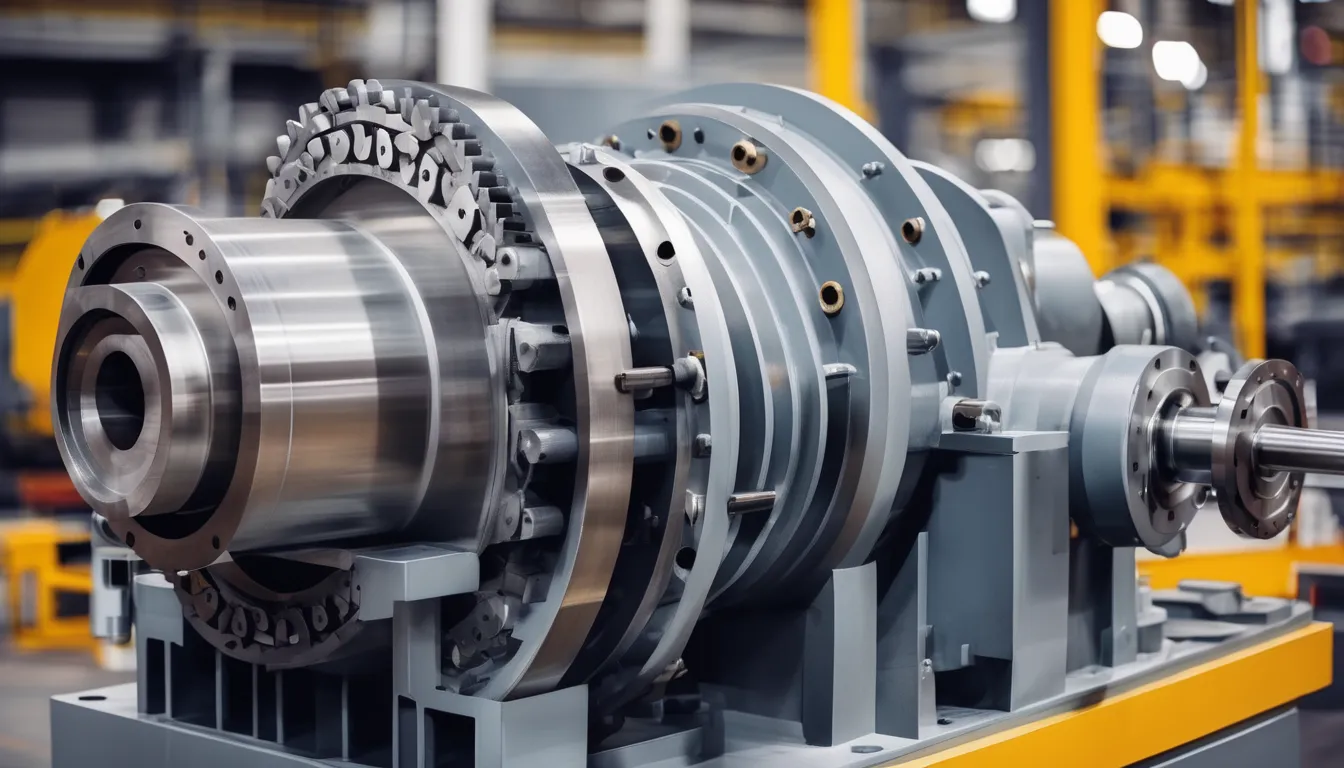When you think about machine efficiency, gear drives often don’t get the attention they deserve. They’re crucial for optimizing power transmission and reducing energy losses, but there’s more to their impact than just those basics. With their compact design and durability, gear drives not only enhance performance but also contribute to significant long-term savings for industries. It’s fascinating how these components can influence operational productivity, yet many overlook their potential. So, what specific benefits do they bring to different applications, and how are they evolving to meet future demands? Parallel Shaft Drives gearbox.
Understanding Gear Drives
Gear drives play a crucial role in converting and transmitting power within machinery. They consist of gears, which are toothed wheels that mesh together to transfer motion and force effectively. When you’re working with these systems, you’ll notice that they can change the speed, torque, and direction of power. Understanding how gear drives function is essential for optimizing machine performance.
You’ll often encounter different types of gear drives, such as spur, helical, bevel, and worm gears. Each type has its unique characteristics and applications, making it important to select the right one for your specific needs. For instance, spur gears are typically used in applications where speed reduction and high torque are essential, while helical gears offer smoother operation and less noise.
It’s also crucial to consider gear ratios, which determine the relationship between the input and output speeds. By adjusting these ratios, you can achieve the desired performance from your machinery.
Familiarizing yourself with gear drive components, including shafts, bearings, and housing, will further enhance your understanding. With this knowledge, you’ll be better equipped to make informed decisions when designing or maintaining machinery that relies on gear drives.
Benefits of Gear Drives
One major advantage of gear drives is their ability to improve machine efficiency significantly. By utilizing mechanical advantage, gear drives can optimize the power output, reducing energy losses during operation. This means you’ll get more work done with less energy, leading to lower operational costs.
Another benefit is their compact design. Gear drives are relatively small compared to other power transmission systems, which allows for more efficient use of space in your machinery. This compactness doesn’t compromise performance; instead, it enhances it by enabling higher torque transmission without increasing the size of the machine.
Additionally, gear drives ensure consistent and precise motion control. They minimize slippage and provide reliable torque transfer, making your machinery more predictable and easier to operate. You’ll notice smoother performance and reduced wear and tear on components, ultimately extending the lifespan of your equipment.
Lastly, gear drives require minimal maintenance. With fewer moving parts and a robust design, you won’t need to worry about frequent repairs. This reliability translates into less downtime and higher productivity, making gear drives an excellent choice for enhancing machine efficiency in your operations.
Applications in Various Industries
In modern manufacturing, gear drives play a crucial role across various industries, from automotive to aerospace. You’ll find these essential components working tirelessly behind the scenes, ensuring machines operate efficiently and reliably.
Their ability to transmit torque and adjust speeds makes them indispensable in various applications.
Here are four key applications of gear drives in different sectors:
- Automotive Industry: Gear drives are integral in transmissions, enabling smooth gear shifts and enhancing fuel efficiency.
- Aerospace: In aircraft, gear drives help control various systems, including landing gear and engine components, ensuring safety and performance.
- Manufacturing: In assembly lines, gear drives facilitate the movement of conveyor belts and robotic arms, improving production rates.
- Renewable Energy: In wind turbines, gear drives convert rotational energy from blades into electrical power, maximizing energy output.
Efficiency Improvement Techniques
Efficiency in machinery is often driven by the right techniques that enhance performance and reduce energy consumption. To achieve this, you can start by selecting high-quality gear drives that minimize friction and wear. Using precision-engineered components can help maintain optimal alignment and reduce energy losses.
Next, consider implementing regular maintenance schedules. Keeping gears clean and properly lubricated not only prolongs their lifespan but also ensures they operate at peak efficiency. You’ll also want to monitor operating temperatures; excessive heat can indicate inefficiencies and lead to premature failure.
Another effective technique is to analyze load conditions. By ensuring that your gear drives are matched to the specific load requirements of your machinery, you can prevent unnecessary strain and energy waste.
Additionally, incorporating variable frequency drives (VFDs) allows for better control of motor speed, further enhancing energy efficiency.
Lastly, consider the layout of your machinery. A well-designed system minimizes the distance between components, reducing the energy lost in transmission.
Future Trends in Gear Drive Technology
As technology advances, gear drive systems are evolving to meet the demands of modern machinery.
You’ll see exciting trends shaping the future of gear drives that enhance efficiency, reliability, and performance.
Here are four key trends to watch:
- Smart Gear Drives: Integrating IoT technology allows for real-time monitoring, predictive maintenance, and data analytics to optimize performance.
- Advanced Materials: Innovations in lightweight, high-strength materials reduce weight while improving durability and efficiency, making gear drives more compact and powerful.
- Additive Manufacturing: 3D printing enables the production of complex gear geometries that traditional methods can’t achieve, leading to better performance and reduced waste.
- Enhanced Lubrication Technologies: New lubricants and self-lubricating materials minimize friction and wear, significantly increasing the lifespan of gear drives.
Conclusion
In conclusion, gear drives are essential for boosting machine efficiency across various industries. Their compact design and robust construction not only optimize power transmission but also enhance durability, reducing downtime. By leveraging the benefits of gear drives, you can ensure reliable motion control and improved productivity. As technology evolves, staying updated on future trends will help you maximize the performance of your machinery, ultimately leading to greater operational success. Embrace gear drives and experience the difference!

